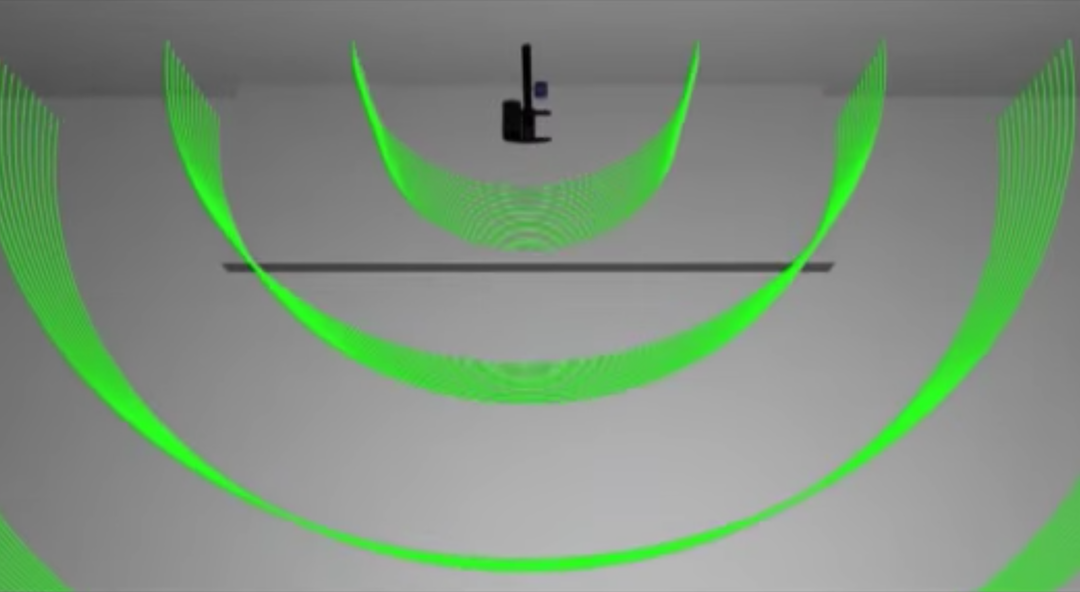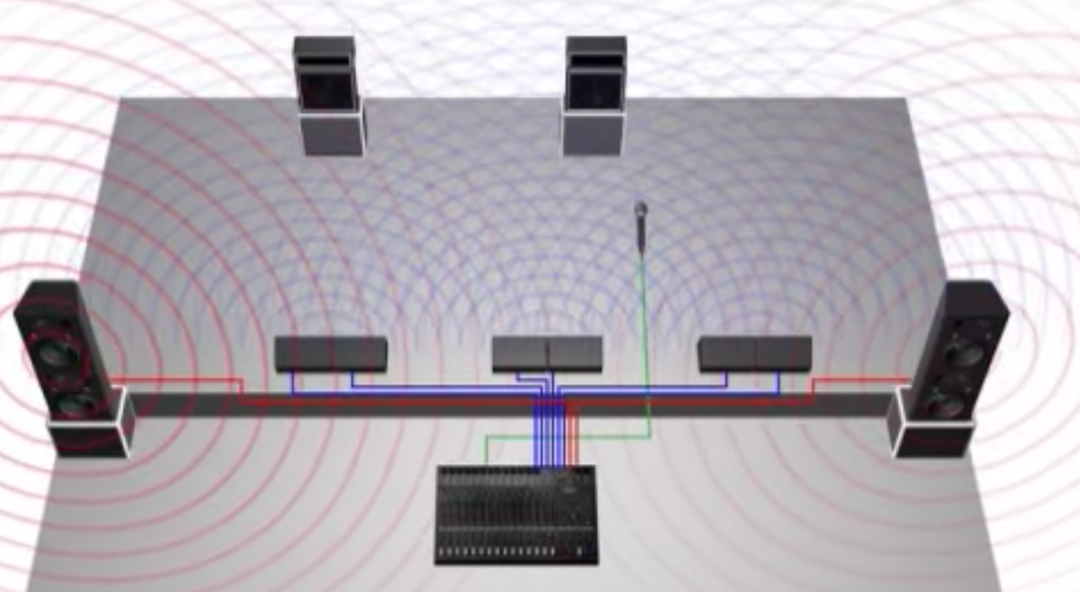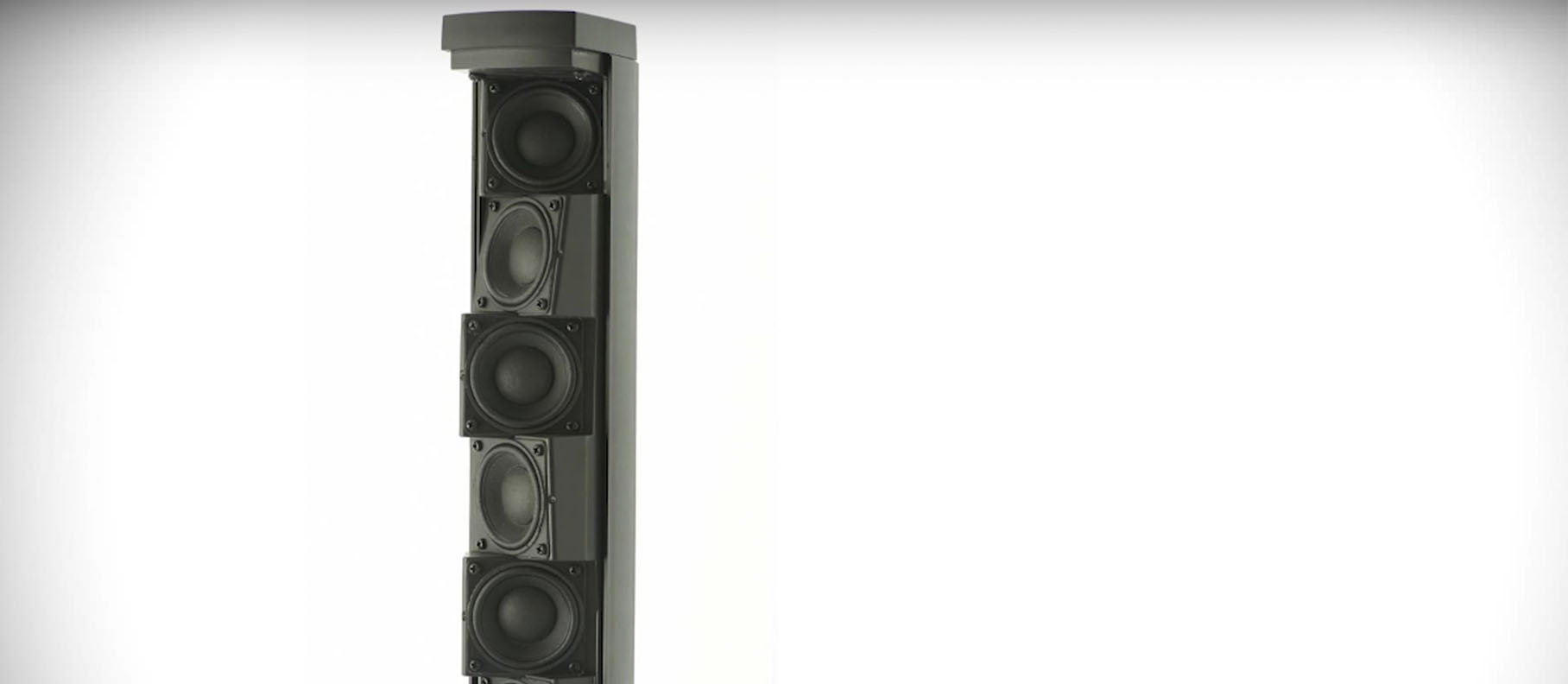Bose L1 - Speaker Sound System
Summary
The Bose L1 speaker sound system line up provides a great balance of capability and portability.
What I like most about these sound systems is that they come as a compact unit while providing a wide 180 degree even coverage, especially good for medium to large venues.
These speakers are also easily enhanced and extended with other components for additional capabilities, like automatic tone matching using presets.
Here are some example packages and prices as of 1/7/2017:
| # | Price | Item | Description |
|---|---|---|---|
| 1 | $1,799.00 | L1 Model 1S with B1 Bass | Up to 300-people using 12-speaker articulated array |
| 2 | $1,999.00 | L1 Model 1S with B2 Bass | Up to 300-people using 12-speaker articulated array |
| 3 | $2,499.00 | L1 Model 2 with B1 Bass | Up to 500-people using 24-speaker articulated array |
| 4 | $2,429.00 | L1 Model 2 with B2 Bass | Up to 500-people using 24-speaker articulated array |
The Tonematch Audio Engine is $499.00.
If you’re looking for enterprise multimedia services, please contact us at reservations@wemassmedia.com. If you’re looking for personal, family, and wedding multimedia services, please contact us at reservations@justintoocreations.com
Overview
Watch The Bose L1 Approach and the History Of Amplification for a good overview of sound systems and, specifically, the innovative Bose L1 technology:
Specs
See Bose L1 Speaker System Specifications Found Here! :
| # | Model | Frequency Response (+/- 3 dB) | Frequency Range (-10 dB) | Nominal Dispersion | Maximum SPL @ 1 m |
|---|---|---|---|---|---|
| 1 | L1 Model 2 | 40 Hz - 12 kHz | 32 Hz - 14 kHz | 195º H x 0º V (interpretation: a slice of sound 84” inches high x 195 Degrees Horizontal) | 115 dB SPL (121 dB SPL peak) |
| 2 | L1 1S | 40 Hz - 12 kHz | 32 Hz - 14 kHz | 195° H x 10° V | 112 dB SPL (118 dB SPL peak) |
| 3 | L1 Compact | 65 Hz - 14 kHz | 50 Hz - 16 kHz | 180° H x 40° V | 106 dB SPL (112 dB SPL peak) |
Frequency Response: The frequency response is used to describe the audible frequency range that a loudspeaker can reproduce. Audio frequencies are measured in Hertz (Hz) and the theoretical range of human hearing is generally regarded as being from about 20 Hz (the very lowest bass tones) through 20 kHz (the very highest treble notes). (novo.press: Understanding Speaker Specifications and Frequency Response.)
Sound Pressure Level (SPL): A common specification for microphones, max SPL indicates the highest sound pressure level a mic’s electronics can handle before the onset of distortion. Normally, this spec is referenced to 0.5% distortion at 1 kHz… Keep in mind that the presence of an attenuator switch on the mic may allow an increase in the volume level the mic can absorb before distorting. (sweetwater.com: Maximum SPL (Sound Pressure Level).)
If you’re looking for enterprise multimedia services, please contact us at reservations@wemassmedia.com. If you’re looking for personal, family, and wedding multimedia services, please contact us at reservations@justintoocreations.com
Speaker Count
The 1S has half the speakers that the Model 2 has in the speaker tower - the “line array”.
Power
See toonz.ca: Acoustical Output Compared to the L1® Classic and the L1® Model II:
The maximum output volume of the L1® Classic, the L1® Model I, and the L1® Model II are virtually identical.
In the L1® Classic, the L1 Cylindrical Radiator® loudspeaker is powered by two (2) 250 Watt amplifiers. In the Model I and Model II, the L1 Cylindrical Radiator® loudspeaker is powered by one (1) 250 Watt amplifier. The Classic, the Model I, and the Model II all use a second 250 Watt amplifier to power one or two B1 bass modules (update: or a single B2 Bass Module).
Although these numbers serve as a point of reference they do not tell the whole story. During the design of the L1® Model I and the L1® Model II the impedance of the L1 Cylindrical Radiator® loudspeaker was lowered. As a result of the lower impedance, a single 250W amplifier now powers the system to within 1.75 dB of the max SPL of the L1® Classic. Several other changes were made to the signal processing and acoustical sections to further reduce this small difference. Particular attention was paid to this change and many A/B comparisons were conducted by Bose to confirm that there was no significant audible difference between the two systems.
Coverage
The L1 speakers provide even and consistent sound with around 180º coverage with a focus on tone, coverage, and portability.
Also see the F1 Flexible Array system, which lets you adjust your vertical coverage pattern, up and down, but only provides 100 degrees of coverage.


If you’re looking for enterprise multimedia services, please contact us at reservations@wemassmedia.com. If you’re looking for personal, family, and wedding multimedia services, please contact us at reservations@justintoocreations.com
Bass
The 1S gets bass from an externally connected bass module, while the Model 2 houses the bass module on the power stand, itself.
You can use a PackLite amplifier for an extra 250 W to add up to two additional bass modules for each speaker.
The 1S power stand has two amplifiers for up to two B1 bass modules, or one B2 bass module, while the Model 2 allows you to power two B2 bass modules - the first is powered by the power stand, but the second must be powered through a separate amplifier using the 1/4” bass line output.
Tone Match
You can get a T1 ToneMatch audio engine to use presets for your inputs to the speaker. For example, you can use the T1 to optimize your mic for vocals. (An example microphone is the Shure SM58.)
Volume at a Distance
The L1 system has relatively small sound change over a long distance.
According to engineeringtoolbox.com, [F]or every doubling of the distance from the noise source the sound pressure level decrease with 6 decibels.
According to puiaudio.com, [Y]ou have to double the input power to produce a 3 dB increase in sound output. So in the end the basic answer to the question of what sensitivity you need for your speaker is based on how loud you want your system to play, how much power you have available, and the required distance.
If you’re looking for enterprise multimedia services, please contact us at reservations@wemassmedia.com. If you’re looking for personal, family, and wedding multimedia services, please contact us at reservations@justintoocreations.com
Feedback & Interference
Compared to conventional 3-component sound systems, the L1 audio waves only spread horizontally in a column where the height is that of the line array (the speaker column), which avoids the interference found in conventional sound system setups due to sound waves traveling all over the place, bouncing off the ceiling and walls.
Also, feedback can happen in conventional 3-component sound systems because the mic is typically attached to multiple speakers, while in an L1 setup, a microphone is only attached to one speaker. In other words, the L1 enables a “multi mono” setup where each input (instrument/vocal) is output from only one dedicated speaker.

If you’re looking for enterprise multimedia services, please contact us at reservations@wemassmedia.com. If you’re looking for personal, family, and wedding multimedia services, please contact us at reservations@justintoocreations.com
It have used the L1 systems and heard them clearly (although not thumping loud) at 30-40 meters. I was doing that just this weekend at an outdoor show with guitars and vocals. The performers were about 2.5 meters in front of the L1®s and being careful with gain staging and microphone technique we had no feedback issues. The stage volume was comfortable for the performers.
I have had this kind of experience with the L1s many many times over the years.
From my somewhat less experience with the F1s I have the impression that you would have to run the F1s MUCH louder to get the same kind of projection at a distance.
The concern with the F1 approach would then be that you would have to run things at a higher volume (perhaps too loud for people close to the F1s) in order to project the sound to the people farther away.
Ultimately, if it were my show I would probably do it with L1s, AND I would have two more L1 systems placed about halfway back in the room. You’d have to synchronize them so that people who were in the area that they could hear the ones at the front and the ones in the middle would be hearing them at the same time. This would give you the benefit of more even coverage throughout the room.
You can do this with the T1 and it’s built-in digital delay.
Reference: bosepro.community
Reviews
Currently running a pair of L1 Model 2s w/ 4 B2s & 2 A1 packlites pushing the extra subs. This configuration replaced 4 JBL eon 515xt & 2 JBL S18 powered subs. The clarity is UN-REAL & the bass is clean. Sure, the BOSE does not have the raw thump of the JBLs, however, this arrangement is lighter & cleaner. Much easier to load in & set-up. You can place the L1s w/ the B2s just about anywhere & you will have full coverage…no matter the size of venue. I noticed if you place the B2s about 2 feet from a wall, you get better bass response. The L1s send out a near 180 degree wave of sound 7 feet high. They cut right through a packed dance floor to the back of house. They are ideal for weddings where you have the ceremony & reception in the same room. No feedback from your mics either….I could go on & on. Superior reproduction & easy all around. They are pricy though. Excellent investment for road dogs. -Apha1 on serato.com
External resources
- Watch review: BOSE L1 Model 1S [REVIEW]: 1S vs. Model2
- Watch live demo: Two Bose L1 Model 2 With Four B2 Bass Modules Part 1
- Watch live demo: BOSE L1 MODEL 1 at Benefit for 600 people
If you’re looking for enterprise multimedia services, please contact us at reservations@wemassmedia.com. If you’re looking for personal, family, and wedding multimedia services, please contact us at reservations@justintoocreations.com

